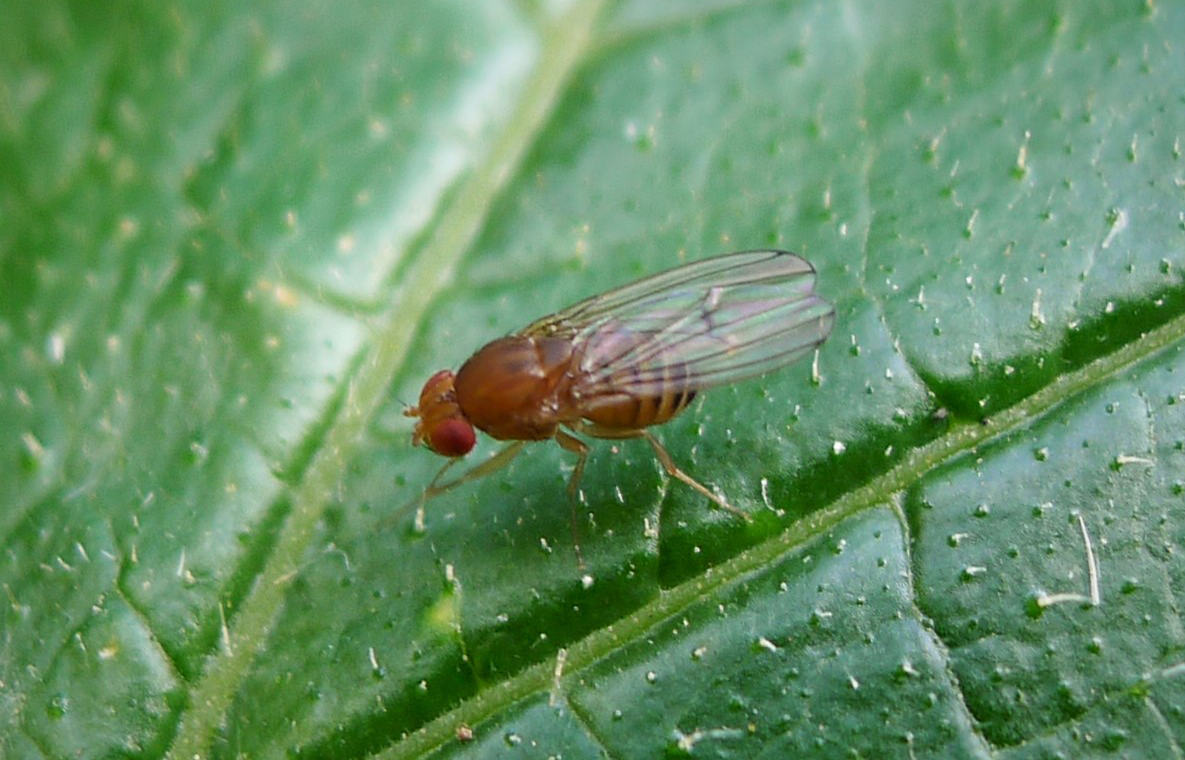Genes and social environment affect individual but not population preferences for right or left sided behaviour: lessons/insights from fruit flies
Being alone or with a partner strongly affects the behaviour of fruit flies Drosophila melanogaster. The presence of a partner changes the front-back position in a pair and induces more extreme biases towards the right or the left side. However, the presence of a partner does not increase the alignment of the whole population on a specific side, a new study has found.

This surprising discovery contradicts previous research, which suggests that social interactions could induce a bias towards certain behaviours in a whole population due to the advantages of coordinating between individuals. This right-left skew towards certain behaviours, known as population-level lateralization, is even observed in human handedness, where about 90 percent of each population is right-handed.
The findings have wider implications for understanding the basis for left-right asymmetries in humans, that affect healthy and pathological behaviour such as schizophrenia and dyslexia, and could help researchers to explore why the genetic basis of right-left asymmetries in humans have remained elusive.
The study is published in the journal Scientific Reports and is the first of its kind to explore the role of social context on interactions within pairs.
Nature or nurture?
For the study, the research team, which included scientific experts from Queen Mary University London, the University of Trento and Harvard University, analysed individual and population-level behavioural differences in Drosophila melanogaster in different social contexts.
The team altered flies’ social environment, by creating arenas with a singular fly, a male-female pair, a female-female pair and a male-male pair, and observed the spontaneous behaviour of each.
The researchers studied differences in individual behaviours such as circling asymmetry and wing use that do not require partners, and pair behaviours like the relative position of the partner fly in five different strains of Drosophila melanogaster.
The study confirmed that males and females preferentially stay with the male on the back of the female, a position used during courtship. However, the team also observed differences between social contexts and between different strains of Drosophila melanogaster, suggesting that front-back behavioural differences in position are genetically controlled. They found left-right asymmetries are not aligned at the population level.
The researchers found that pairs with two females and two males instead tended to keep more on oblique position, and females stayed much further apart compared to male-male and female-male pairs.
Using fruit flies to understand human behaviour
From olfactory responses to social behaviour, fruit flies are one of the most important systems used to discover how the brain and behaviour work.
Not only are fruit flies easy to keep in the laboratory, they also have a large genetic overlap with humans (around 75% of their genes are present in humans) and exhibit interesting and complex behaviours that can be analysed in the lab with high-throughput methods of behavioural tracking.
For instance, males have a complex ritual to court females: males chase females, position behind them and vibrate their wings with specific rhythms to attract the females.
Lead author of the study and Lecturer in Psychology at the School of Biological and Chemical Sciences Dr Elisabetta Versace said, “These behavioural tracking studies open new possibilities to understand behaviour with extended observations that would not be possible (or would be extremely long and imprecise) through human annotation. Flies can help us to understand the origin of left-right asymmetries at the behavioural, neurobiological and genetic level. The fact the front-back position is modulated at the population level but not the right-left position might even indicate the presence of genetic constraints of right-left alignments”.
Read more: https://www.nature.com/articles/s41598-020-61410-7#citeas